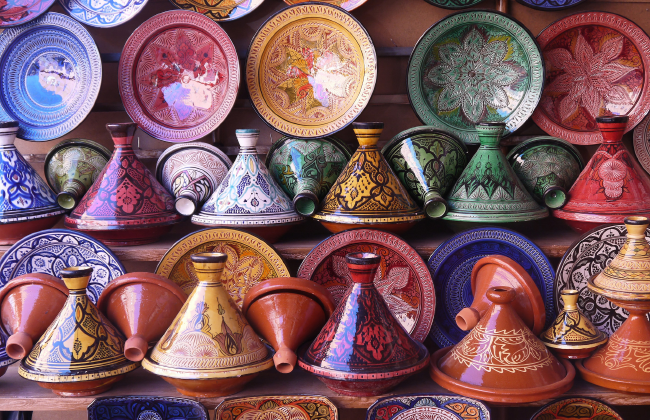Artifacts and material culture are essential elements of human history and are significant in understanding our past. Artifacts refer to the physical remains of objects and structures created by human beings, while material culture includes the values, beliefs, customs, and behaviors of a particular group of people. Through the study of artifacts and material culture, historians can understand the ways in which people lived, worked, and interacted with each other in the past.
Artifacts are not just objects; they are tangible remnants of past human activity. They can range from everyday items such as utensils and clothing to complex structures such as buildings and monuments. Each artifact has a story to tell, and its significance is not always immediately apparent. The study of artifacts involves analyzing their composition, construction, and context, as well as considering the historical and cultural significance of the object.
One example of the importance of artifacts in understanding our past is the study of pottery. Pottery has been a part of human culture for thousands of years, and through the study of pottery, historians can learn about the technology, artistry, and trade networks of past civilizations. For example, the study of pottery from ancient Greece has revealed the existence of trade networks across the Mediterranean, as well as the influence of Greek pottery on the art and culture of other societies.
In addition to artifacts, material culture includes the values, beliefs, customs, and behaviors of a particular group of people. Material culture can be studied through a range of sources, including written records, oral histories, and archaeological remains. By analyzing material culture, historians can gain insight into the social, economic, and political structures of past societies.
One example of the study of material culture is the analysis of burial practices. The way in which a society buries its dead can reveal much about its beliefs and values. For example, the elaborate burial practices of ancient Egyptian society reflect the belief in the afterlife and the importance of preparing the deceased for the journey to the afterlife.
The study of artifacts and material culture is not just limited to the distant past. Contemporary artifacts and material culture can also provide insight into current social, economic, and political structures. For example, the study of consumer goods and advertising can reveal much about contemporary values and beliefs. The analysis of social media can reveal patterns of behavior and communication, as well as the impact of technology on social interaction.
![]()






One thought on “Artifacts and Material Culture”